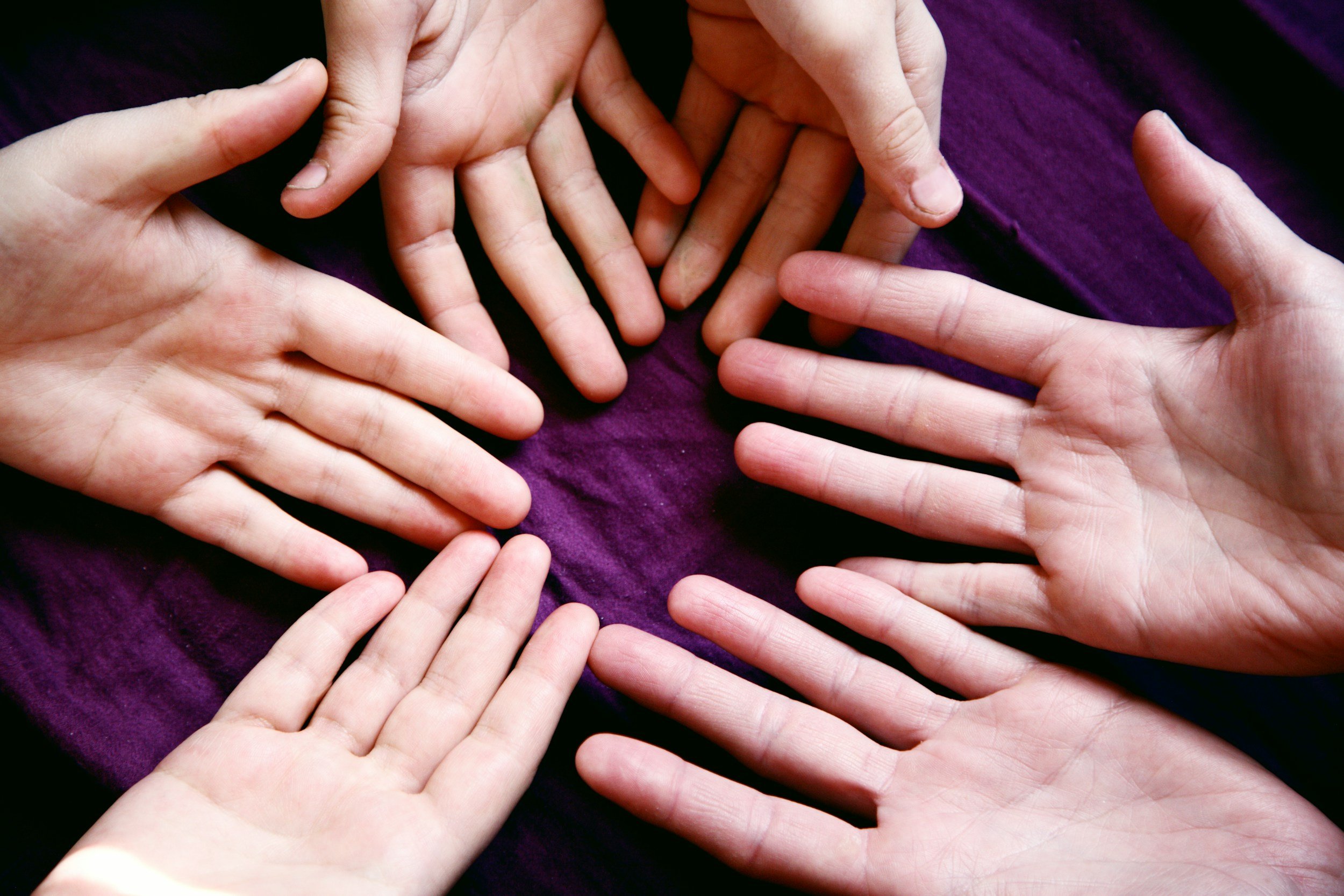
Palmistry

The Art of Palmistry: A Journey Through Time and Self-Discovery
Palmistry, or chiromancy, is the ancient practice of interpreting the lines, shapes, and features of the palm to gain insight into a person's character, potential, and life path. For centuries, people have been fascinated by the idea that our hands may hold the key to unlocking truths about who we are and what our future may hold. While some see palm reading as a mystical art, others appreciate it as a reflective tool for self-understanding. Whether you're a believer in its predictive power or just curious about its history and meaning, palmistry offers a unique lens through which to view life.
A Brief History of Palmistry
Palmistry has a long and diverse history, tracing its roots back thousands of years. The earliest evidence of palmistry dates to ancient India, where it was closely linked with astrology. It later spread to China, Egypt, Greece, and Rome, with each culture putting its unique spin on the practice. Aristotle is said to have discovered a manuscript on palmistry, which he later shared with Alexander the Great. It’s rumored that Alexander used the art of palm reading to evaluate the character of his military officers.
During the Renaissance, palmistry experienced a resurgence in Europe, often being associated with mysticism and the occult. Despite periods of skepticism, it has endured as a practice of interest throughout history. Today, many see palmistry as a tool for self-reflection, spiritual growth, and gaining a deeper awareness of one’s personality and life journey.
How Palmistry Works
Palmistry is based on the belief that our hands reflect aspects of our lives and personalities. There are three main areas to focus on when reading a palm: the shape of the hand, the lines on the palm, and the mounts (or raised areas) of the palm.
Hand Shape: There are four basic hand shapes in palmistry, each associated with one of the elements—earth, air, fire, or water. These shapes give insight into a person’s temperament. For instance, fire hands are linked to energetic and passionate individuals, while earth hands are connected with practicality and stability.
Palm Lines: The most prominent lines on the hand are the heart line, head line, and life line. Each line represents a different aspect of life, such as emotional well-being (heart line), intellectual abilities (head line), and overall vitality (life line).
Mounts: The mounts of the hand, located at the base of the fingers and thumb, are associated with various personality traits. For example, the Mount of Venus relates to love and affection, while the Mount of Jupiter indicates ambition and leadership qualities.
The Benefits of Having Your Palm Read
Getting your palm read can be a fascinating and enlightening experience, whether you're a believer in its predictive abilities or simply curious about what it might reveal about your personality and strengths. Here are a few potential benefits:
Self-Reflection: Palmistry can help you reflect on aspects of your personality and life that you might not have considered before. It encourages you to think about your strengths, weaknesses, and desires in a new light.
Inspiration and Clarity: For some, having their palm read offers clarity and inspiration, especially during moments of uncertainty. A good palm reader can help you see your potential and point out opportunities you may not have recognized.
Spiritual Connection: Many people find palmistry to be a spiritual experience, as it aligns with the idea that our physical bodies are connected to our souls and destinies. It can serve as a reminder that we are all part of a larger, universal story.
Palmistry, while often viewed through the lens of mysticism, can also be an accessible and enjoyable way to learn more about yourself and those around you. Whether you’re looking for guidance, insight, or just some fun, the art of palm reading offers a unique window into life’s possibilities.





